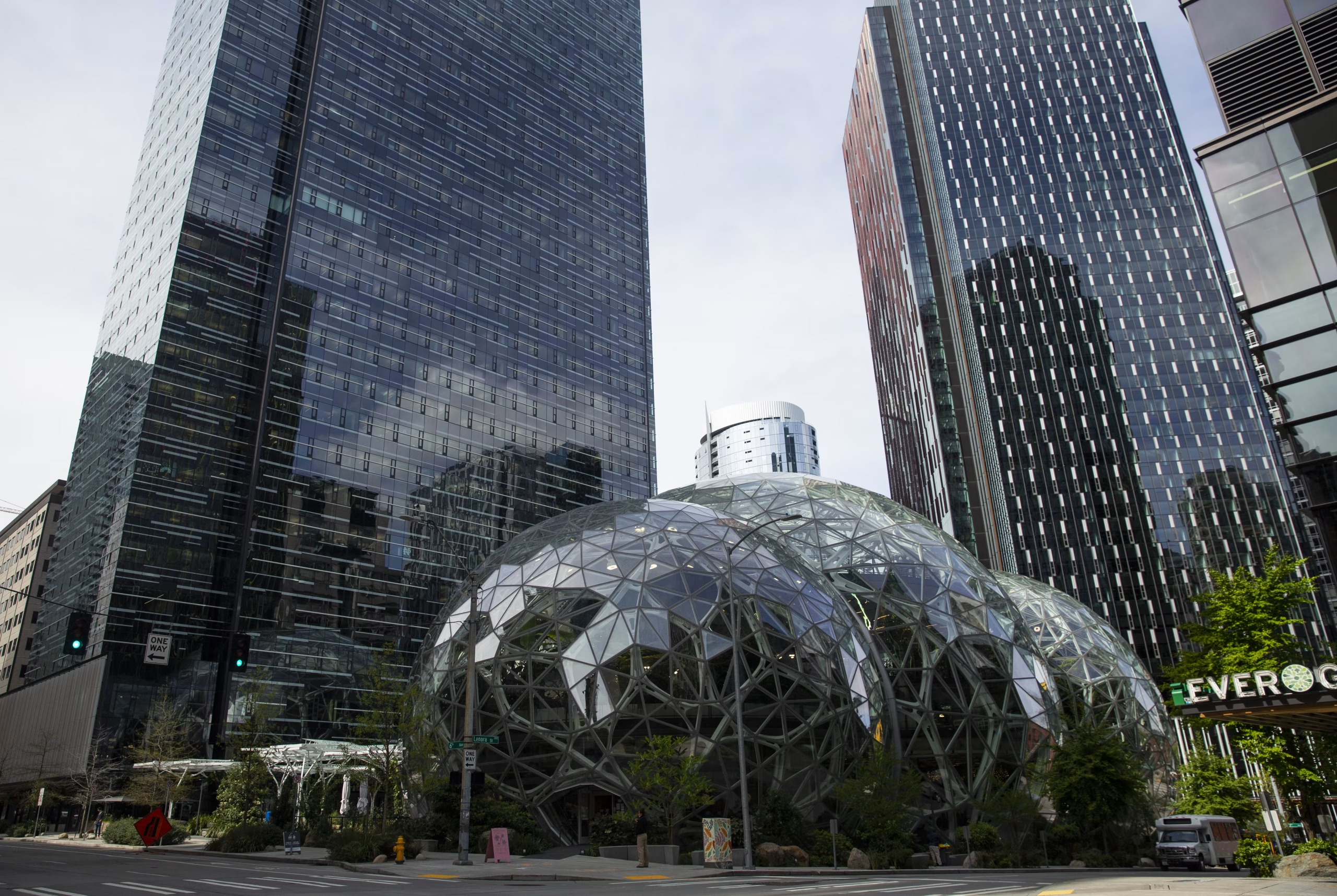Amazon has announced plans to lay off 14,000 corporate employees this year, marking another major wave of job cuts as the company restructures to embrace artificial intelligence. The move, aimed at streamlining operations and improving efficiency, represents about 4% of Amazon’s 350,000 corporate staff and signals that further layoffs may be on the horizon.
In a memo shared publicly, Beth Galetti, Amazon’s senior vice president of People Experience, said the company will continue hiring in select strategic areas while eliminating redundancies elsewhere. “We expect to continue hiring in key strategic areas while also finding additional places we can remove layers, increase ownership, and realize efficiency gains,” she wrote.
Reuters reported that the total number of layoffs could ultimately reach 30,000. The company began notifying affected employees on Tuesday, offering 90 days to apply for other internal roles. Those unable to find new positions will receive severance pay and benefits.
Galetti emphasized that CEO Andy Jassy’s vision is to make Amazon operate “like the world’s biggest startup,” keeping the company nimble in the face of rapid technological change. “This generation of AI is the most transformative technology we’ve seen since the Internet,” she said. “We need to be organized more leanly, with fewer layers and more ownership, to move as quickly as possible for our customers and business.”
Jassy has been outspoken about how AI will reshape Amazon’s future. In a previous message to employees, he noted that automation and generative AI will inevitably reduce the need for certain jobs while creating demand for new ones. “As we roll out more Generative AI and agents, it should change the way our work is done,” he said. “We will need fewer people doing some of the jobs that are being done today, and more people doing other types of jobs.”
The layoffs mark the latest in a series of deep cuts at Amazon. In 2023, the company eliminated 27,000 positions across divisions including Human Resources, Amazon Web Services, and Amazon Stores, citing global economic pressures. Analysts say this latest restructuring signals Amazon’s shift from a labor-intensive model to a technology-driven one.
“Markets across the world are tightening at the same time as underlying costs are rising,” said Neil Saunders, managing director of GlobalData. “In some ways, this is a tipping point away from human capital to technological infrastructure.”
The announcement comes amid growing anxiety in the U.S. job market—especially in the tech sector—about the long-term impact of AI on employment. While AI promises greater productivity and cost savings, experts caution that predictions of mass job displacement remain speculative. Still, as Amazon and other tech giants move aggressively to automate, many workers fear that the age of human-led innovation is rapidly giving way to one powered by machines.


